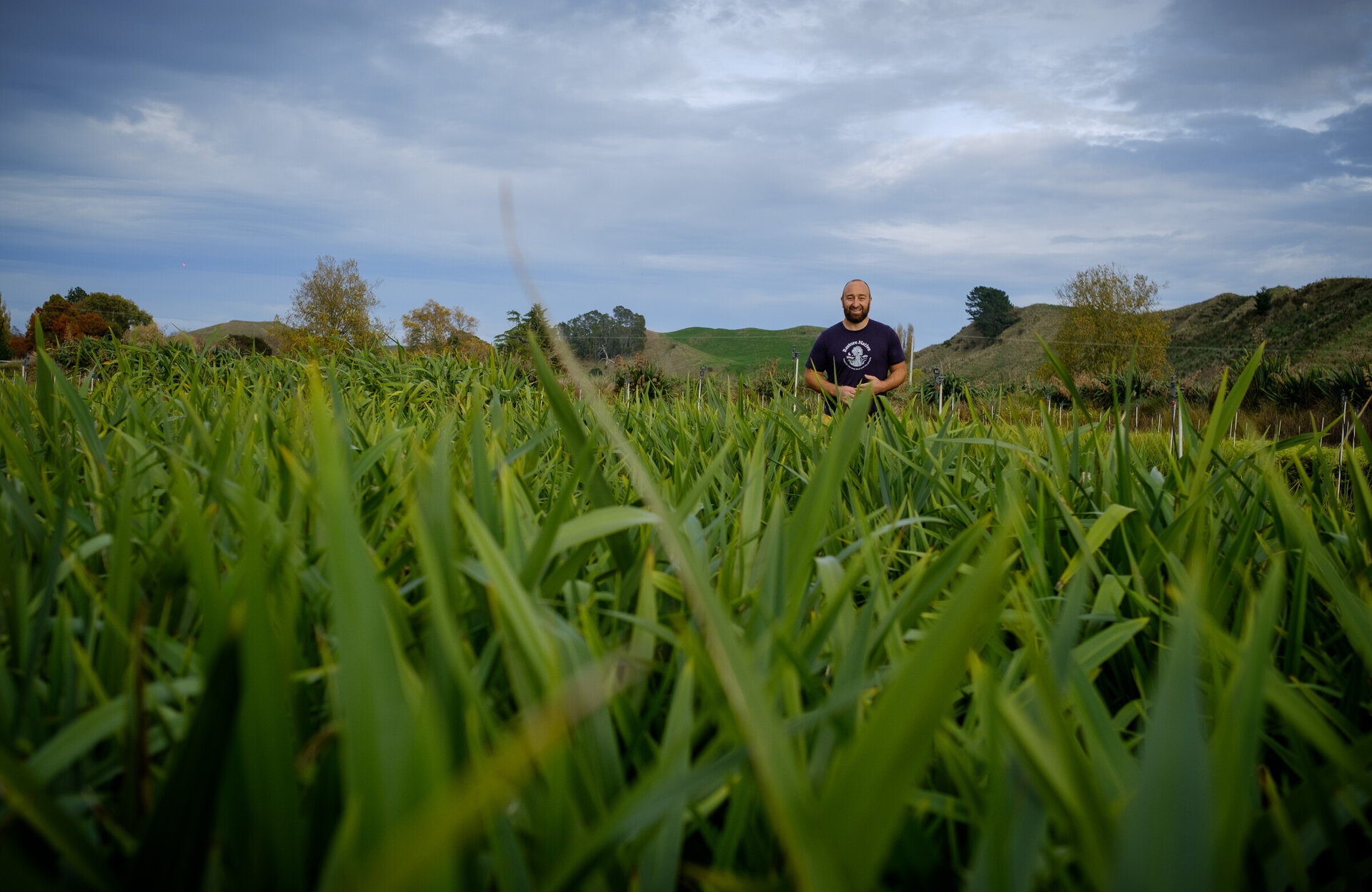At Restore Native, we’re always looking for new ways to improve both the sustainability and quality of our native trees. That’s why we’re excited to introduce an innovative growing method that’s as environmentally friendly as it is effective—the alley pot.
What’s the Alley Pot?
The alley pot is a paper-based pot designed to replace traditional plastic pots. Unlike plastic pots, which often end up in landfills, these paper pots are part of a more sustainable solution. They’re biodegradable and allow plants to develop a better root system, helping them thrive as they grow. The paper material encourages plants to develop more fibrous roots, which are essential for robust growth and transplanting success.
While the alley pot itself is made of paper, it still rests within a recyclable plastic carrier, which is durable enough to be reused for several years before it, too, is recycled. This combination of eco-friendly materials ensures that we’re minimizing waste while enhancing plant health—an ideal balance for growing beautiful, healthy native trees.
Why Paper Pots?
The use of paper pots is an innovative step forward for us. As part of our commitment to environmental responsibility, we’re constantly searching for new ways to minimize our ecological footprint. The alley pot is one of many efforts we’ve taken to reduce plastic waste, while still maintaining the high standards that our plants and clients deserve. By opting for paper pots, we not only reduce the impact of plastic but also improve the long-term health of our trees.
Growing Native Trees with a Sustainable Twist
We recently trialled the alley pot with a kowhai tree—one of our native species that will go on to produce stunning yellow flowers and attract tuī. This method helps the plant through its early growth stages before it’s transplanted into the ground, where it will help create biodiversity and beautiful native habitats.
We know that growing native trees isn't just about planting them; it’s about doing so in a way that’s sustainable for the planet. Our innovative approach is just one example of how we’re investing in environmentally responsible solutions that benefit both our plants and the land they will inhabit.

